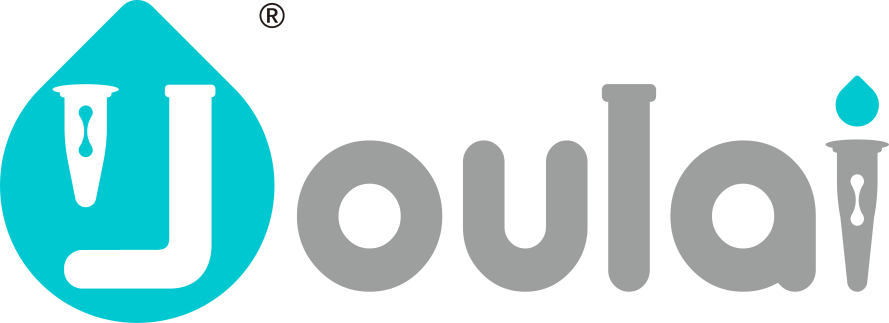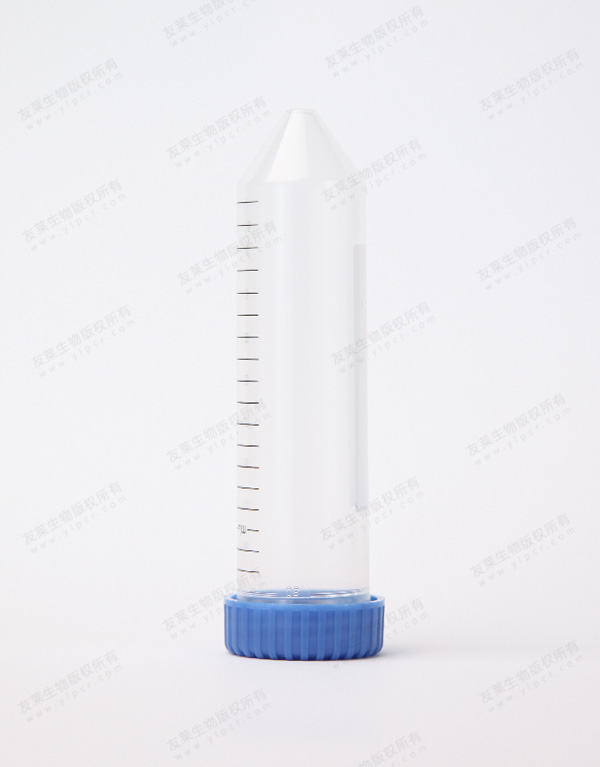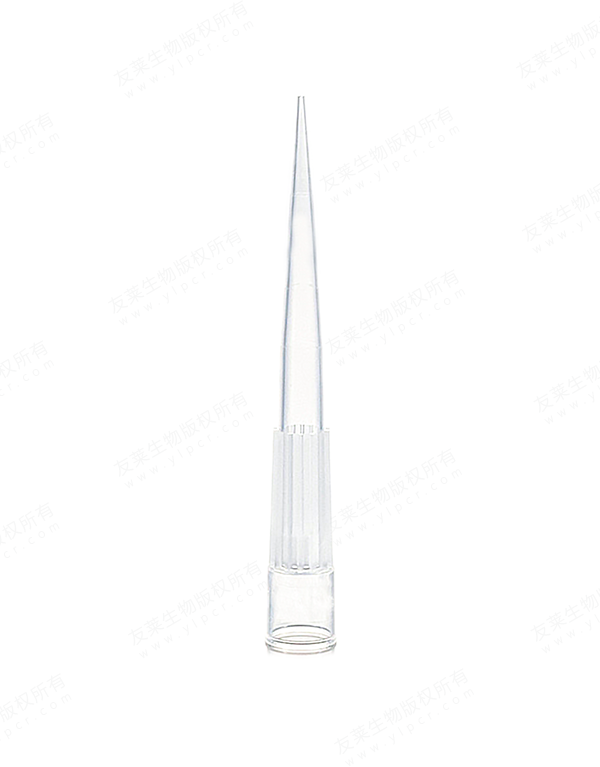Lab consumables are essential to the laboratory, yet missing or expired consumables cause delays in forensic, testing and research labs. This can cost the lab both time and money.
Pipette Tips
Pipette tips are a critical part of any lab experiment. Using the right types can help ensure accurate, precise results, while incorrect types can lead to sample and reagent contamination or even physical harm such as repetitive stress injury.
There are many different sizes of pipette tips available, ranging from 0.1 to 1000 ul. Non-filter tip volume sizes are the most common in use as they are less expensive than filter tips. However, non-filter tips do not have the advantages of filter tips, such as the ability to control the permeability of the tip with the use of a polypropylene blend or by adding a silicone coating.
When choosing a tip, it is important to make sure that the manufacturer can provide a sterilization certificate for their products. This will confirm that the tips are free of RNase and DNase, which are necessary for some sensitive experiments. It is also advisable to choose a tip that is compatible with your pipette.
Cuvettes
Cuvettes are tube-like containers made of transparent materials such as optical glass, fused quartz or plastic for use in spectrophotometry measurements. They hold samples that are measured by passing a beam of light through the sample, to evaluate the absorbance, transmittance, fluorescence intensity or fluorescence polarization of the sample.
Different transparent materials have different light absorption qualities that are vital to understand when choosing a cuvette for absorbance experiments. It is also important to choose a cuvette that has optically matched windows for precise results.
We have a wide selection of standard cuvettes that are available in a variety of sizes to accommodate your specific needs. These include standard cuvette cells (a, b, c, d, e) with 10 mm path lengths and specialized cells (f and g) that have varying path lengths. These disposable cuvettes are ideal for a variety of applications in the lab such as PCR, colorimetric protein assays and UV spectrophotometry of RNA, DNA and proteins.
Syringes
Syringes are used to transfer and inject liquids into a sample or patient. The volume of medication to be administered determines syringe size and the viscosity of the fluid determines needle gauge. It is essential that syringes and needles are properly stored to avoid contamination.
Glass syringes are useful for transferring air-sensitive or pyrophoric reagents through rubber septa. They also can be used to transfer small volumes of reagents into mass spectrometry gas chromatography columns.
Plastic syringes offer a good alternative to glass, as they are cheaper and can be sterilized multiple times1. However, their plunger accuracy is lower, their gas barrier is less robust and they can become discolored and hazy after repeated use2. They also have an increased risk of leaking and buckling during piercing of rubber septa. This can result in inaccurate injection and withdrawal volumes. It is important to rinse syringes 5 to 10 times with solvent before each new sample to ensure proper cleanliness and to eliminate the possibility of sample carryover.
Test Tubes
Test tubes are small vessels that hold samples and chemicals used in various experiments. Often made of glass, they can be disposable or reusable. They come in different shapes and sizes. There are tiny ones that can only hold a few drops of liquid, and there are those that can hold up to two hundred milliliters. They also have a variety of lids and caps.
Some test tubes are designed for a specific task, such as a boiling tube that's intended to strongly heat a material before an experiment. Other test tubes have a spherical bottom that reduces mass loss during pouring and makes it easier to wash.
Test tubes are also commonly used in clinical laboratories to collect samples and blood. They can help confirm disease diagnosis by performing tests, such as Benedict's and Fehling tests. In addition, they are used to collect and store chemicals like serum and coagulation screening solutions. They are also used to store other materials, including saline and heparin.

 English
English русский
русский 中文简体
中文简体




